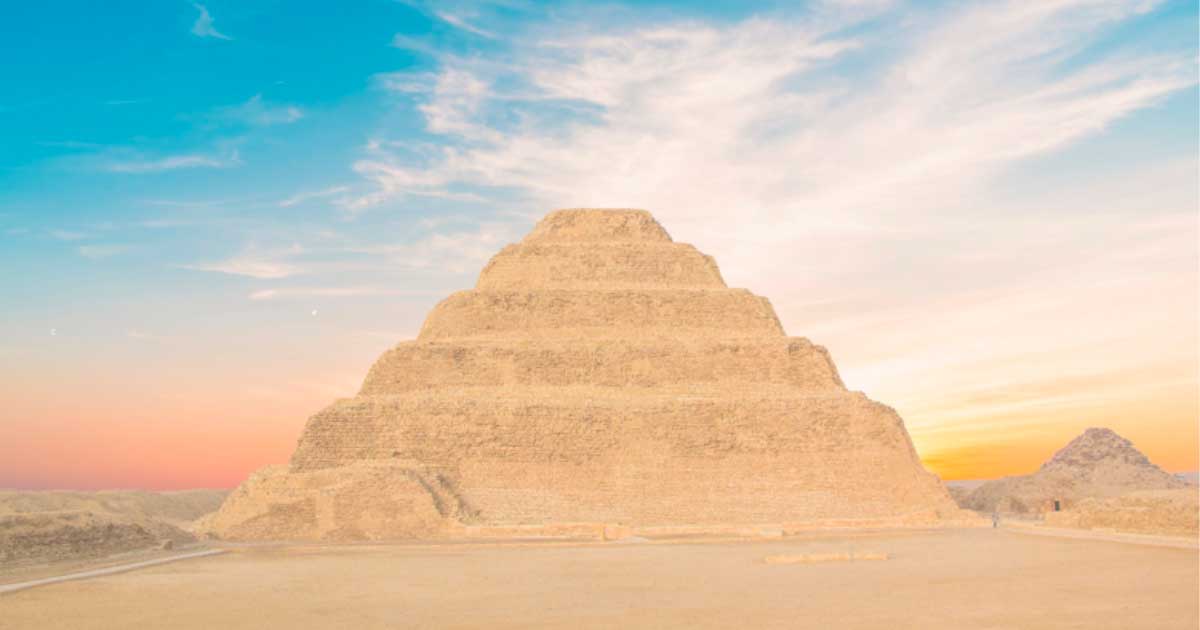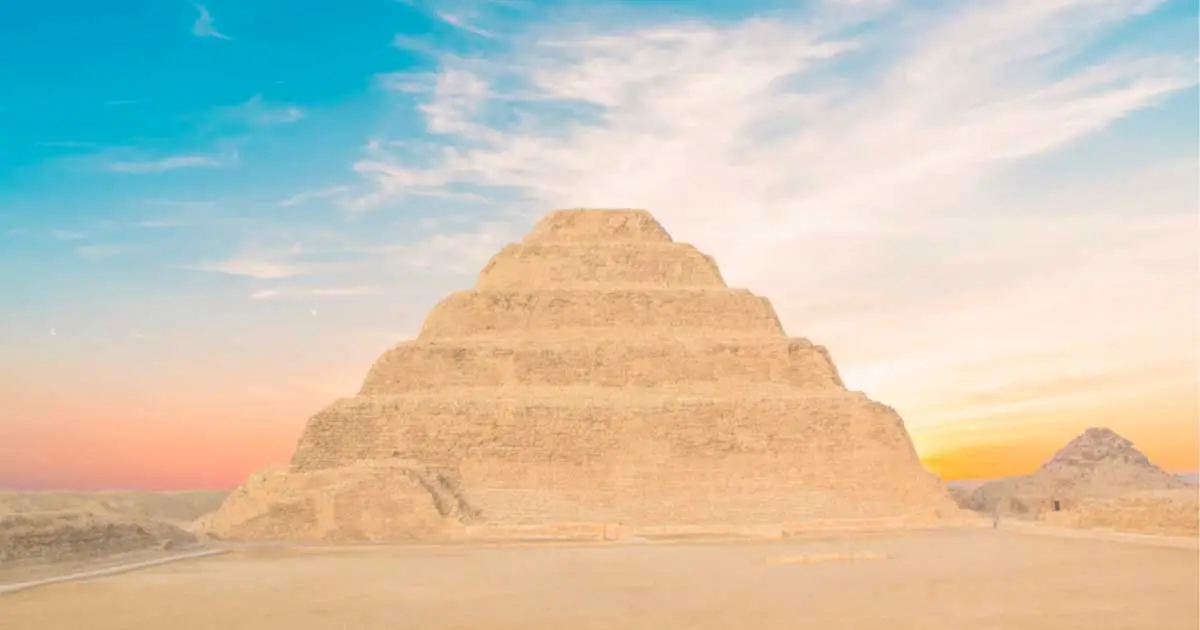Discover the Fascinating History of Pyramids Wonder of the World

Pyramids Wonder of the World of the most iconic and recognizable structures in the world. These ancient wonders have captivated people for centuries with their grandeur, mystery, and significance. From the Great Pyramid of Giza to the Pyramid of the Sun in Mexico, these structures have stood the test of time and continue to amaze us with their engineering and architectural brilliance.
In this blog post, we will delve into the history of pyramids, their construction techniques, significance in ancient Egypt, mysteries and legends surrounding them, their symbolism and religious beliefs, modern day preservation efforts, impact on tourism, comparisons to other wonders of the world, and controversies surrounding them.
History of the Pyramids Wonder of the World
The earliest known pyramid was built around 2630 BC in Saqqara, Egypt, during the Third Dynasty. It was a step pyramid, designed by the famous architect Imhotep for Pharaoh Djoser. This pyramid was made of limestone and had six levels, each smaller than the one below it. The purpose of the pyramid was to serve as a tomb for the pharaoh, who was believed to become a god after death.
Evolution of Pyramid Construction Techniques
Over the course of several dynasties, the design and construction techniques of pyramids evolved. The first true pyramid was built by Pharaoh Sneferu, the founder of the Fourth Dynasty. The Red Pyramid, also known as the Bent Pyramid, was constructed using a new technique that allowed for smooth sides instead of steps. This pyramid served as a prototype for the later pyramids, including the Great Pyramid of Giza.
The Great Pyramid of Giza, built for Pharaoh Khufu, is the largest and most well-known pyramid in the world. It stands at a height of 481 feet and was the tallest man-made structure for over 3,800 years. The construction of this pyramid is still a mystery, with theories ranging from ramps and pulleys to alien intervention. However, recent evidence suggests that the ancient Egyptians used a combination of ramps, sledges, and levers to move the massive blocks of limestone into place.
Significance in Ancient Egypt
The pyramids held great significance in ancient Egyptian culture and religion. They were not just tombs for the pharaohs, but also served as a symbol of their power and divinity. The ancient Egyptians believed in an afterlife and the preservation of the body was crucial for the soul to continue its journey. The pyramids were built to house the bodies of the pharaohs and all the treasures they would need in the afterlife.
Role of Pyramids in Religion
In ancient Egyptian religion, the pyramid was seen as a representation of the primordial mound, the first land to emerge from the waters of chaos. It was also believed to be the place where the god Atum created the world. The shape of the pyramid was thought to have mystical powers, connecting the earth and the heavens. The pyramid texts, inscriptions found inside the pyramids, contain spells and prayers to help the pharaoh on his journey to the afterlife.
Mysteries and Legends
The pyramids have always been shrouded in mystery and legends. From tales of curses to hidden chambers and secret passageways, these structures have captured the imagination of people around the world. One of the most famous legends surrounding the pyramids is the curse of the pharaohs. It is said that anyone who disturbs the resting place of a pharaoh will face a series of misfortunes and even death. While there is no scientific evidence to support this curse, it has become a popular belief among many.
Hidden Chambers and Passageways
Another mystery surrounding the pyramids is the existence of hidden chambers and passageways. In 2017, a team of scientists discovered a hidden chamber inside the Great Pyramid of Giza using cosmic rays. This discovery has sparked new theories and speculations about the purpose of these chambers and their connection to the afterlife.
Architectural Marvels
The pyramids are not just impressive in size, but also in their architectural design and engineering. The ancient Egyptians were able to create such massive structures without the use of modern technology. The precision and accuracy with which the blocks were cut and placed is a testament to their advanced knowledge of mathematics and astronomy.
Use of Mathematics and Astronomy
The alignment of the pyramids with the stars and the sun is a testament to the ancient Egyptians’ understanding of astronomy. The sides of the Great Pyramid of Giza are aligned almost perfectly with the four cardinal points of the compass. The pyramid’s height is also precisely one-third of the distance from the earth to the sun. These precise measurements and alignments were achieved using mathematical calculations and observations of the stars.
Symbolism and Religious Beliefs
The pyramids were not just tombs for the pharaohs, but also held great symbolism and religious significance. The shape of the pyramid was believed to represent the rays of the sun, connecting the pharaoh to the gods. The pyramid texts found inside the pyramids contain spells and prayers to help the pharaoh on his journey to the afterlife. The walls of the burial chambers were adorned with paintings and hieroglyphics depicting scenes from the Book of the Dead, a collection of spells and prayers to guide the deceased through the afterlife.
Importance of Mummification
Mummification was a crucial part of the burial process in ancient Egypt. It involved removing the internal organs and preserving the body with natron, a type of salt. The mummified body was then wrapped in linen bandages and placed inside a sarcophagus, often decorated with intricate designs and hieroglyphics. The belief was that the body needed to be preserved for the soul to continue its journey in the afterlife.
Modern Day Preservation Efforts
The pyramids have stood for thousands of years, but they are not immune to the effects of time and human interference. In recent years, there have been efforts to preserve and protect these ancient structures for future generations. The Egyptian government has implemented strict regulations to prevent damage and deterioration of the pyramids. This includes limiting the number of visitors allowed inside the pyramids and implementing conservation measures such as cleaning and restoration.
Challenges in Preservation
Despite these efforts, the pyramids still face several challenges in preservation. Pollution, erosion, and natural disasters are some of the threats to these ancient wonders. The increasing number of tourists also poses a risk, as their presence can cause wear and tear on the structures. Balancing the need for preservation with the desire for tourism is a delicate task that requires careful planning and management.
Impact on Tourism
The pyramids are one of the main attractions in Egypt, drawing millions of tourists every year. These ancient wonders have a significant impact on the country’s economy, providing jobs and generating revenue through tourism. The pyramids are not just a source of income, but also a source of national pride and identity for the Egyptian people.
Pyramids Wonder of the World – Tourist Experience at the Pyramids
Visiting the pyramids is an unforgettable experience for many tourists. The sheer size and grandeur of these structures leave a lasting impression. Visitors can explore the interior of some of the pyramids, climb to the top for a panoramic view, and even ride camels around the complex. The sound and light show held at night is also a popular attraction, showcasing the history and significance of the pyramids through a spectacular display of lights and music.
Comparisons to Other Wonders of the World
The pyramids are often compared to other wonders of the world, such as the Taj Mahal, the Colosseum, and the Great Wall of China. These structures all hold a significant place in human history and continue to amaze us with their grandeur and beauty. However, the pyramids stand out for their unique design, engineering, and cultural significance.
Pyramids Wonder of the World – Similarities and Differences
While these wonders may seem similar in terms of their historical significance, each one has its own distinct features and stories. The Taj Mahal is a symbol of love, built by Emperor Shah Jahan for his beloved wife. The Colosseum was an arena for gladiator fights and other forms of entertainment in ancient Rome. The Great Wall of China was built as a defensive structure to protect the Chinese empire from invaders. The pyramids, on the other hand, were built as tombs for the pharaohs and served as a symbol of their power and divinity.
Controversies Surrounding the Pyramids
The pyramids have been a subject of controversy for centuries, with theories ranging from advanced technology to alien intervention. Some people believe that the ancient Egyptians could not have built such massive structures without the use of modern technology. This has led to speculations about the involvement of aliens or lost civilizations in the construction of the pyramids. However, there is no scientific evidence to support these claims, and most experts agree that the pyramids were built by the ancient Egyptians using simple tools and techniques.
Pyramids Wonder of the World – Preservation vs. Exploration
Another controversy surrounding the pyramids is the balance between preservation and exploration. While some argue that the pyramids should be left untouched to preserve their historical significance, others believe that further exploration and excavation could reveal new information and insights into the ancient Egyptian civilization. Finding a balance between these two perspectives is crucial in ensuring the preservation and study of these ancient wonders.
Conclusion
The pyramids are more than just impressive structures; they are a testament to the ingenuity, skill, and beliefs of the ancient Egyptians. These structures have stood for thousands of years, captivating people with their mysteries and grandeur. From their construction techniques to their significance in ancient Egypt, the pyramids continue to fascinate us and inspire awe. As we continue to uncover new information and preserve these ancient wonders, we can only imagine what other secrets and stories they hold within their walls.












